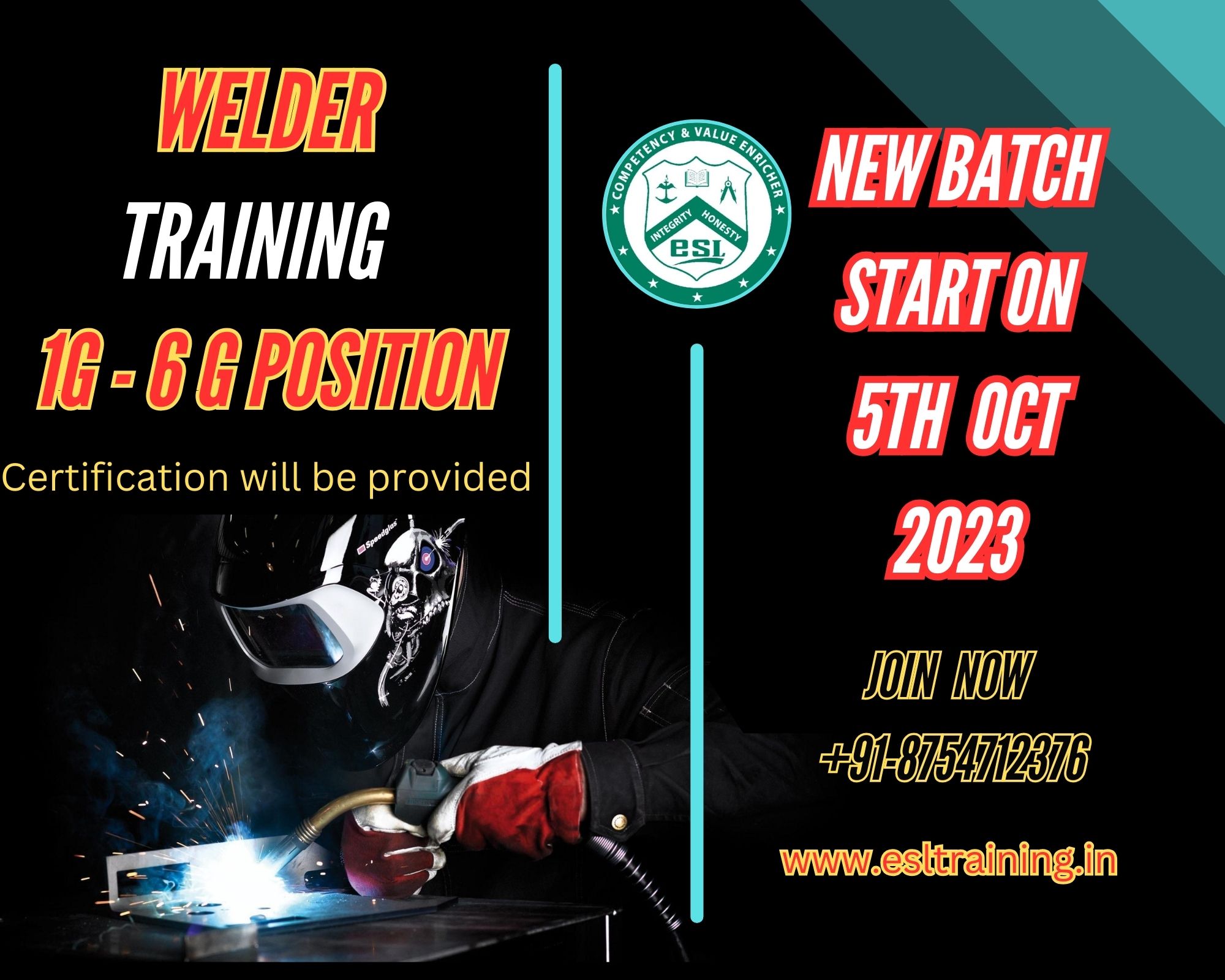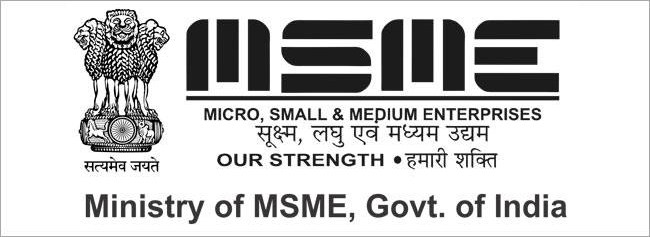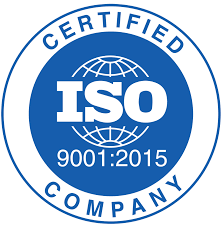WELDER TRAINING
Welder Certification (Without Experience)
Topics Covered:
- Operations of SMAW / GTAW / OFGW/MIG / SAW Processes
- Types of Joint
- Classification of Electrodes
- Welding Procedures
- Welding Defects , Causes and Remedies
- Theoretical – 10%
- Practical – 90%
Course on GMAW Process (Mig/Mag) for Non Welders:
Topics Covered:
- Basics of SMAW & GMAW process
- Important welding variables of each process and their effects on welding
- Welding techniques of each process in different positions
- Effect of shielding gases on GMAW of Carbon steel
- Welding Consumables
- GMAW Steel filler wires and their codes
- GMAW process advantages
- GMAW process characteristics
- Current/voltage relation in different shielding gases and their effects on metal transfer modes in GMAW process
- Theoretical – 10%
- Practical – 90%
Welding Technology
Topics Covered:
- Welding Processes
- Basic Welding Metallurgy
- Weldability of metals-Ferrous & Non-Ferrous
- Classification & Coding of welding electrodes
- WPS & PQR
- Welding Consumables
- Weld Defects-their cause & remedies
- Weld distortion– stress & control
- Safety in welding
- Theoretical – 60%
- Practical – 40%
Foundation Course for Welders Conversant with Smaw Process
Topics Covered:
- GMAW Process
- Equipment & Accessories
- Modes of metal transfer and industrial application
- Selection of welding consumables
- Weld defects – their causes & remedies
- Welding Safety
- Theoretical – 10%
- Practical – 90%
High Pressure Welding on MS/SS
Topics Covered:
- GTAW Process characteristics, its advantages & limitations
- Power sources, equipment & accessories
- Shielding gasses and their properties
- Non consumable electrodes & filler metals
- Weldability of MS & SS
- Joint design & welding techniques
- Theoretical – 10%
- Practical – 90%
Reclamation Welding Technology For Welders
Topics Covered:
- Welding Process
- Basic Welding Metallurgy
- Welding Consumables
- Weldability of metals-Ferrous & Non-Ferrous
- Weld defects –Causes and Remedies
- Weld distortion, stress and control
- Wear Factors and weld surfacing
- Theoretical – 50%
- Practical – 50%
Welding of Stainless Steel/Aluminium by Shielded Tungsten arc Welding
Topics Covered:
- GTAW Process characteristics & its advantages
- Power sources, equipment & their properties
- Shielding gases and their properties
- Selection of filler metals
- Choice of non-consumable electrode & electrode holder
- Joint design & welding techniques
- Physical & chemical properties of SS & AL
- Theoretical – 30%
- Practical – 70%




